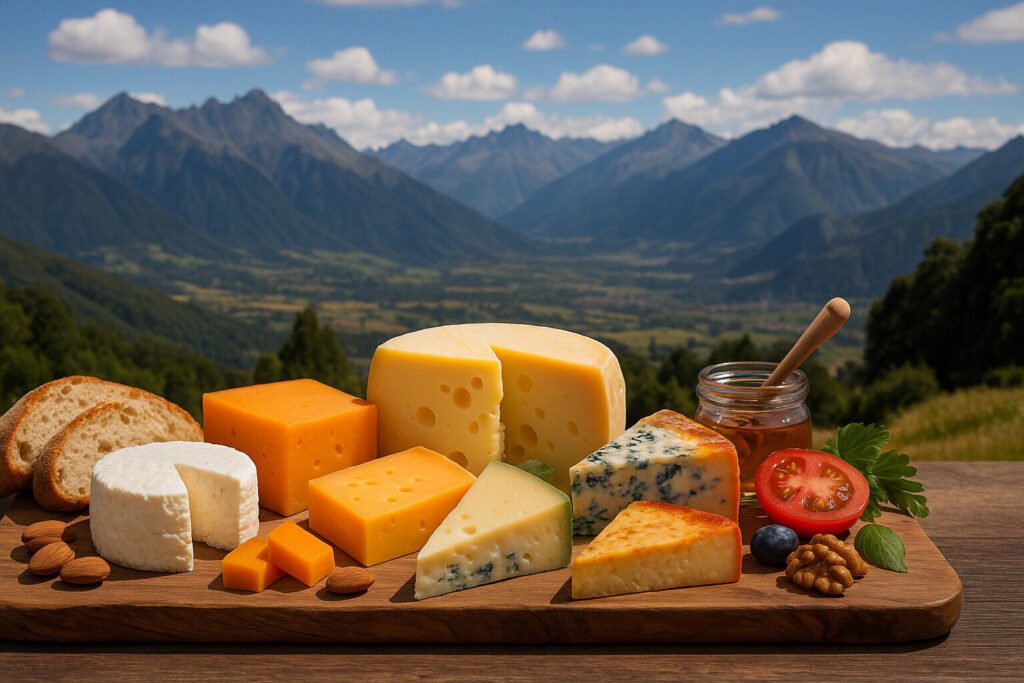Cheese Of Uruguay
Uruguay's Cheese Definition and Scope
Uruguay’s cheese production centers on traditional European styles adapted to local conditions. The country primarily manufactures semi-hard and hard cheeses using cow’s milk from its extensive dairy herds. These products represent a significant component of Uruguay’s agricultural exports and domestic consumption.
Key categories include pasta dura cheeses influenced by Italian traditions and milder varieties for Latin American markets. The scope encompasses both artisanal farmstead productions and industrial-scale manufacturing. Uruguayan cheese classifications typically reference moisture content, aging periods, and milk treatment methods.
Uruguayan Cheese Production Techniques
Uruguayan cheesemaking employs both modern thermalization and traditional raw milk methods depending on the variety. Production follows strict hygiene protocols while maintaining characteristic recipes developed through immigrant traditions. The process typically involves curd cooking, pressing, and controlled aging in humidity-regulated rooms.
Industrial facilities utilize standardized cultures and automated pressing equipment for consistency. Artisanal producers often maintain natural rind development and longer aging periods. Milk sourcing comes predominantly from Holstein and Jersey breeds grazing on Uruguay’s temperate pastures.
Sensory Profile of Uruguayan Cheeses
Uruguayan cheeses generally present mild to medium intensity flavors with creamy, slightly salty notes. Texture ranges from semi-soft and pliable to firm and granular in aged varieties. The flavor profile reflects the terroir of Uruguay’s grasslands, producing milky, clean-tasting cheeses with subtle acidity.
Aged specimens develop nutty characteristics and crystalline textures similar to Parmesan or aged Gouda. Fresh cheeses maintain high moisture content with lactic, tangy flavors. The color spectrum typically spans from pale white to deep yellow depending on fat content and aging duration.
Culinary Uses of Uruguayan Cheeses
Uruguayan cheeses serve both as table cheeses and cooking ingredients in local cuisine. Firm varieties are commonly grated over pasta, pizzas, and traditional dishes like chivito sandwiches. Semi-soft types melt well in sauces and are used in baked dishes and empanadas.
Fresh cheeses often accompany dulce de membrillo (quince paste) as a classic dessert pairing. Aged cheeses are served with crackers and wines in social gatherings. The versatility of these products makes them suitable for both simple snacks and complex culinary preparations.
Regional Cheese Examples from Uruguay
Colonia-type cheese represents Uruguay’s most recognized variety, inspired by Swiss Emmental but with distinctive local characteristics. This semi-hard cheese features small eyes and a smooth, elastic texture with buttery flavor notes. Production concentrates in the western regions near Colonia del Sacramento.
Queso Punta del Cerro emerges from the hilly northeast, exhibiting firmer texture and sharper flavor from extended aging. Queso de Campo represents rustic farmstead productions found throughout Uruguay’s interior. These regional specialties demonstrate the adaptation of European techniques to Uruguayan terroir and market preferences.


